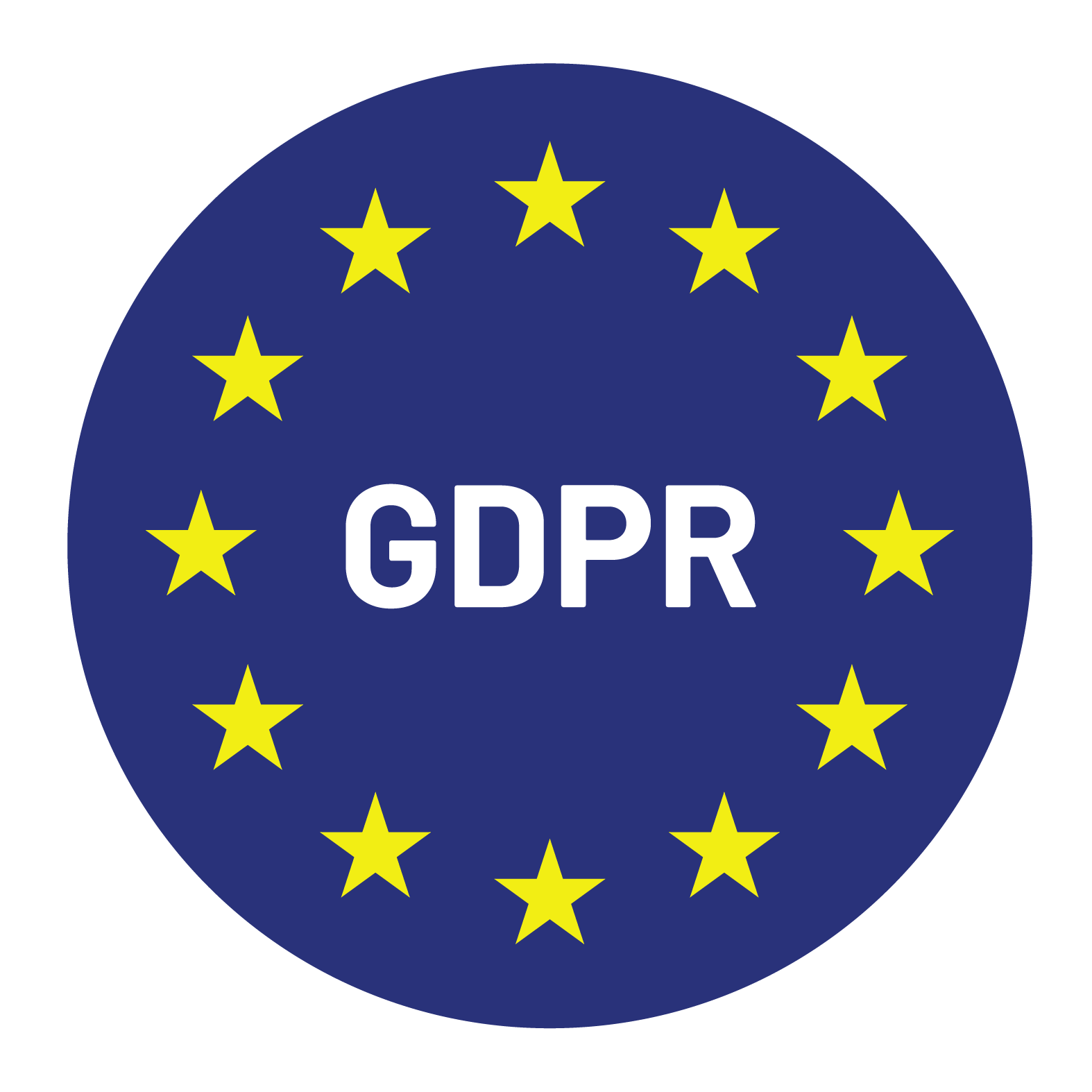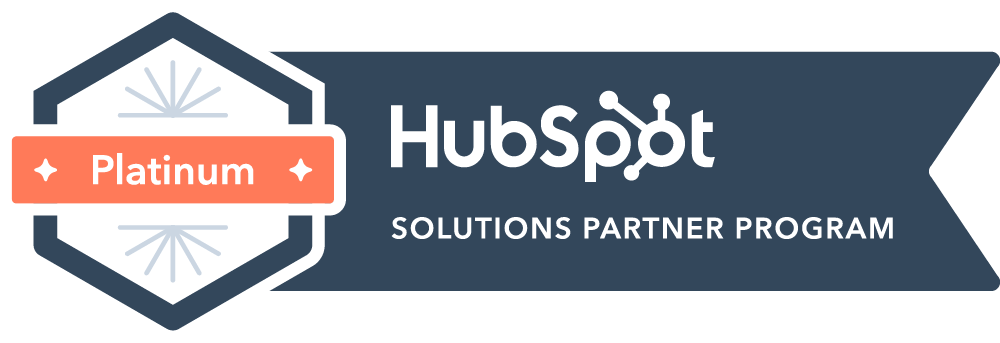

Content Writer for Whistle with multidisciplinary experience spanning over a decade.
SaaS founders often spend months refining their product, yet many still struggle to generate consistent revenue. The gap isn’t always the product itself but the lack of a structured go-to-market (GTM) strategy. For SaaS startups, the GTM plan is the difference between building predictable growth and being lost in the noise.
A strong GTM strategy defines who your customers are, how you reach them, what message will resonate, and how your business converts interest into revenue. It aligns product, marketing, and sales into one focused effort, a must for SaaS businesses where recurring revenue and retention dictate long-term success.
In SaaS, a GTM strategy is a comprehensive plan that connects your product with the right market and ensures that the journey from acquisition to retention is intentional. It goes beyond marketing campaigns or sales tactics. It defines how your software is positioned, priced, sold, and supported.
Unlike one-off product launches, a SaaS GTM strategy requires ongoing alignment. Customer feedback, product updates, and new competitors continuously influence how a SaaS company reaches and retains users.
Traditional GTM strategies often revolve around one-time product purchases or physical goods. SaaS GTM strategies are centered on recurring revenue models, where value must be proven repeatedly. Instead of a transactional sale, the focus shifts to adoption, engagement, and renewal.
In SaaS, the buyer journey is also nonlinear. Prospects research extensively, test software before buying, and expect seamless onboarding. The GTM plan must reflect that behavior, ensuring every stage, from trial to retention, is integrated and data-driven.
Early-stage SaaS companies operate in markets where differentiation is difficult and attention spans are short. Without a structured GTM approach, teams risk misallocating resources, confusing their target market, or overpromising features that don’t translate into value.
A well-structured GTM plan helps startups achieve clarity, not just in marketing, but in decision-making across teams. It provides a shared understanding of who you’re building for, how success is measured, and what channels actually drive growth.
The SaaS market grows denser every year, with new entrants launching similar tools or features. A solid GTM strategy ensures that your brand doesn’t compete purely on price or feature lists but on clarity of positioning and understanding of customer needs.
Modern SaaS buyers are informed and selective. They expect transparency, immediate proof of value, and personalized experiences. A GTM strategy helps align sales and marketing messages with those expectations, making your communication credible rather than transactional.
Unlike B2C software, B2B SaaS purchases often involve multiple decision-makers, from users to technical evaluators to finance teams. A GTM plan maps how each stakeholder is engaged, ensuring consistent messaging and smoother deal progression.
Even with a strong product, churn can spike if customers don’t understand your value quickly enough. A GTM strategy creates a unified path from acquisition through retention, so customers experience ongoing value and renew over time.
A precise ICP defines who benefits most from your product and who will buy it. For SaaS startups, that clarity prevents wasted spend on audiences that will never convert or retain. Buyer personas take it further by mapping pain points, motivations, and buying behavior.
Positioning communicates why your product matters. It’s not just what your tool does but how it changes a workflow or solves a persistent problem. The goal is to occupy a distinct space in your customers’ minds that competitors can’t easily replicate.
SaaS pricing directly impacts acquisition and retention. Subscription models offer predictability, freemium drives volume, and usage-based pricing scales with customer value. The best GTM strategies align pricing with perceived value and customer growth potential.
Choosing between product-led growth (PLG), sales-led growth (SLG), or hybrid models depends on product complexity and target market. For example, PLG works well for self-serve tools with viral potential, while SLG suits enterprise products with longer cycles.
SaaS growth often relies on a mix of inbound and outbound strategies. Inbound creates long-term demand through valuable content and thought leadership, while outbound drives targeted outreach to specific accounts. Account-based marketing (ABM) blends both for high-value prospects.
Customer success isn’t a post-sale function; it’s part of the GTM system. Retention depends on proactive onboarding, measurable outcomes, and responsive support. Reducing churn directly improves lifetime value and predictability.
Start with clear segmentation. Define the industries, company sizes, and roles that benefit most from your product. Validate these assumptions with real user data or pilot campaigns before scaling.
Select a model that fits how your buyers prefer to engage. If your software solves an individual pain point, PLG may be ideal. If your solution affects entire departments, a sales-led or hybrid motion may work better.
Clarity beats creativity. Your messaging should communicate specific outcomes rather than vague promises. Test different value propositions across channels to see what resonates with real prospects.
Pricing should align with your audience’s willingness to pay and reflect the value delivered. Avoid overcomplicated tiers early on; focus on a structure that’s easy to understand and flexible enough to evolve as you grow.
Misalignment across teams slows growth. Hold regular cross-functional sessions to align goals, share customer insights, and ensure product updates match what sales and marketing are promising.
Sustainable growth requires balance. Inbound generates steady interest, while outbound creates controlled growth opportunities. Together, they build a predictable pipeline that supports both short-term goals and long-term visibility.
Data keeps GTM strategies accountable. Track acquisition costs, lifetime value, churn, and revenue retention. Use these insights to refine your campaigns and prioritize the highest-impact activities.
GTM is not static. As your market shifts and product matures, test new pricing, messaging, or channels. The best-performing SaaS companies treat GTM as a continuous process of refinement.
PLG relies on the product to attract and convert users. It’s efficient, scalable, and lowers acquisition costs, but it requires exceptional onboarding and strong product-market fit. Dropbox and Notion excel here by making early value obvious.
SLG focuses on direct sales and human relationships. It suits complex solutions with high contract values. The benefit is deeper engagement with enterprise buyers, though it demands larger teams and longer cycles.
Many SaaS companies blend both. A hybrid GTM allows self-serve entry while offering human touchpoints for upselling or complex needs. It balances efficiency with personalization.
One of the biggest pitfalls is scaling before validating your ICP. Without real data, expansion becomes expensive guesswork. Another is pricing too low, which can devalue your product and limit reinvestment.
Over-reliance on one acquisition channel also creates fragility. When paid ads or outbound stop performing, growth stalls. Lastly, neglecting post-sale success leads to silent churn, customers leaving quietly because ongoing value wasn’t clear.
Metrics are the foundation of a strong SaaS GTM framework. The key indicators include:
Tracking these metrics ensures decisions are grounded in performance, not intuition.
A successful SaaS GTM strategy doesn’t happen by chance. It’s built through clarity of audience, consistency of message, and disciplined execution. The best SaaS startups use data to test assumptions, refine their approach, and scale with purpose.
Adaptability remains essential. Markets shift, buyer behavior changes, and competitors adjust, your GTM must evolve accordingly.
At Whistle, we help SaaS companies build and scale GTM systems that convert. From defining ICPs to executing outbound campaigns, our approach focuses on practical frameworks that deliver measurable growth.
Ready to strengthen your SaaS GTM strategy? Learn more about Whistle’s expertise and how it can help you reach and convert the right customers faster.
What is a GTM strategy in SaaS?
It’s a comprehensive plan that defines how a SaaS product reaches, converts, and retains its target customers through clear positioning, pricing, and sales alignment.
How is SaaS GTM different from B2B GTM?
SaaS GTM focuses on recurring revenue and ongoing value delivery, while traditional B2B GTM often centers on one-time sales.
How do I build a GTM strategy for SaaS startups?
Define your market, select your GTM motion, create strong positioning, align your teams, set measurable KPIs, and continuously test and refine.
What’s the difference between PLG and SLG?
PLG relies on the product to drive growth, while SLG uses sales teams and direct engagement. Many SaaS companies use a hybrid of both.
What KPIs matter most in SaaS GTM?
CAC, LTV, ARR, churn, and NRR are among the most important for understanding acquisition efficiency and retention health.


© Copyright – Whistle 2023